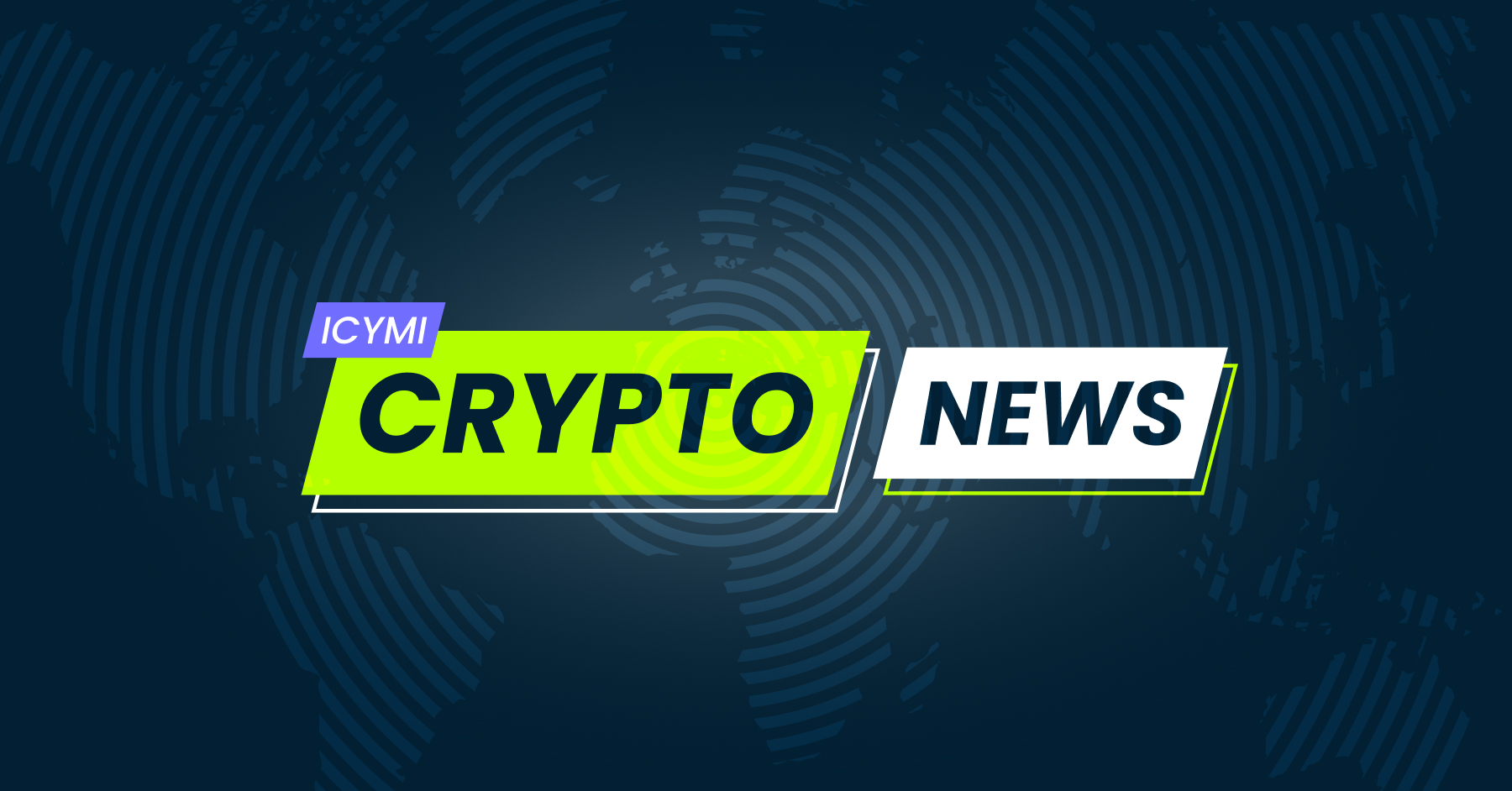copyright News for Financiers: What You Need to Know This Week
Discovering the Impact of Regulative Modifications and Technological Innovations on Today's Digital Currencies Headings
The junction of regulatory modifications and technical advancements is fundamentally changing the landscape of digital currencies, motivating a re-evaluation of their duty in the international economic climate. Regulative bodies, such as the SEC and CFTC, are actively influencing just how electronic assets are identified, while new technologies are enhancing transaction performances and safety steps.
Current Regulatory Landscape
Following fast developments in digital currencies, the present regulative landscape is developing to deal with the complexities and obstacles posed by these innovations. Federal governments and governing bodies globally are grappling with exactly how to properly oversee this burgeoning market, which commonly goes beyond national boundaries.
Secret regulatory approaches consist of the facility of frameworks that specify electronic currencies, making certain consumer protection and preventing illegal activities such as cash laundering and fraudulence. In the United States, companies like the Stocks and Exchange Payment (SEC) and the Commodity Futures Trading Compensation (CFTC) are proactively taking part in conversations to clear up the category of various electronic properties and their regulatory implications.
Similarly, the European Union is advancing its Markets in copyright-Assets (MiCA) guideline, which aims to develop a natural governing atmosphere across participant states. Nations like China have actually gone with stricter procedures, including straight-out bans on particular copyright activities.
As this regulatory landscape remains to establish, it will certainly be important for stakeholders, consisting of companies and consumers, to remain educated and adjust to the transforming setting to reduce risks while profiting from chances within the digital money ball.
Key Technological Innovations
Many technological advancements are reshaping the landscape of electronic currencies, significantly enhancing their performance and security. Among the most essential improvements is the development of blockchain technology, which gives a decentralized journal that makes certain openness and immutability of purchases. copyright news. This innovation not only alleviates the risk of fraudulence yet additionally enables real-time deal verification, cultivating individual count on
Furthermore, the development of wise contracts has revolutionized how agreements are carried out within digital currency environments. These self-executing agreements facilitate automated deals, eliminating middlemans and minimizing prices connected with typical contract enforcement. Additionally, improvements in cryptographic strategies enhance the safety of electronic purses, protecting users' assets from potential cyber threats.
Another notable development is the combination of synthetic intelligence in deal surveillance and fraud discovery, allowing systems to identify questionable activities without delay. The intro of Layer 2 scaling options, such as the Lightning Network, addresses scalability issues, enabling for faster and cheaper transactions on networks like Bitcoin.

Influence On Market Dynamics
Technological developments in digital money have not only improved performance and security but have additionally significantly transformed market characteristics. The introduction of blockchain modern technology has raised transparency and reduced deal costs, leading to better performance in trading and financial investment. This has actually urged a more varied variety of individuals, from retail financiers to institutional gamers, to engage with electronic money, consequently intensifying market liquidity.
In addition, the introduction of decentralized money (DeFi) systems has actually disrupted standard economic systems, offering users with alternative opportunities for lending, loaning, and trading. This shift has fostered an affordable environment where conventional banks are urged to introduce or risk obsolescence (copyright news). With the surge of stablecoins, which use rate stability amidst volatility, traders can currently implement transactions with minimized risk, further affecting market actions
Additionally, the assimilation of expert system and machine understanding in trading strategies allows for more sophisticated market evaluation and predictive modeling. Therefore, financiers are much better equipped to react to market fluctuations, producing a more dynamic trading atmosphere. Collectively, these see this innovations are reshaping the landscape of digital money, causing a much more interconnected, competitive, and effective market.

Global Point Of Views on Guideline
Governing strategies to electronic currencies differ dramatically around the world, typically showing varying financial top priorities, social perspectives towards development, and levels of technical fostering. In the USA, regulatory bodies such as the SEC and CFTC come to grips with specifying the legal standing of cryptocurrencies, focusing on investor defense and market honesty. The European Union is advancing detailed regulatory structures like the Markets in copyright-Assets (MiCA) proposal, aiming to develop a unified method that cultivates development while making sure customer safety and security.
In comparison, countries like China have actually taken on an outright ban on cryptocurrencies, focusing on financial control and monetary security over development. Conversely, nations such as El Salvador have welcomed Bitcoin as legal tender, showcasing a bold commitment to monetary inclusion and financial modernization.
Developing countries frequently discover themselves navigating a complicated landscape, stabilizing the demand for regulation with the potential advantages click for info of digital money in driving economic growth. In general, the worldwide regulatory setting stays fragmented, with continuous dialogues and adjustments as federal governments look for to strike an equilibrium between cultivating innovation and mitigating threats connected with electronic money. This vibrant landscape highlights the need for continuous worldwide collaboration and dialogue among regulatory authorities.
Future Patterns in Digital Currencies
As governing frameworks progress, the landscape of electronic currencies is poised for substantial improvement. Emerging trends indicate a convergence of regulative clarity and technical innovation, which will certainly form the future of electronic currencies. Reserve Bank Digital Currencies (CBDCs) are prepared for to gain grip as federal governments discover their potential to enhance monetary plan efficiency and monetary incorporation.
Concurrently, decentralized financing (DeFi) systems are expected to test conventional banking systems, supplying ingenious economic services that operate without middlemans. This change can result in a re-evaluation of existing regulations to fit the special characteristics of DeFi while making sure consumer security and systemic security.
Additionally, the integration of man-made knowledge and device knowing in copyright trading and danger evaluation will redefine investment strategies and market characteristics. As digital currencies become increasingly traditional, issues such as cybersecurity hazards and governing compliance will necessitate robust remedies.
Lastly, public assumption and adoption will play a crucial duty in establishing the trajectory of electronic currencies. Boosted recognition and education and learning relating to the advantages and dangers connected with electronic currencies will certainly drive acceptance, ultimately influencing the regulatory landscape and market growths in the years to find.
Conclusion
